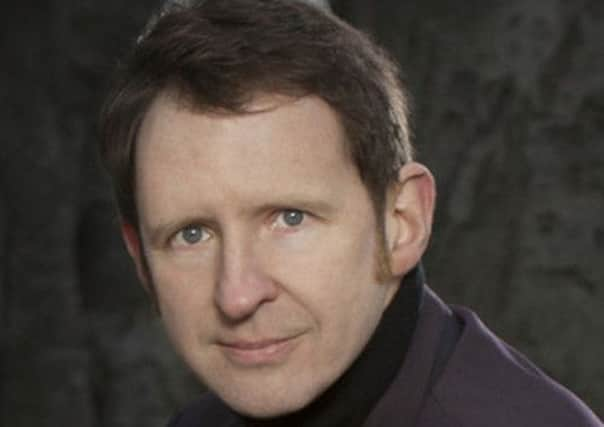Personal angles make pop history an engrossing read


“The record was Amateur Hour by Sparks,” he says. “I got my mum to buy it for me because I was too embarrassed to ask for it in Woolworths in Redbridge. The first one I asked for was Band on the Run.”
As a fan, a music writer since 1986 and musician with the band Saint Etienne since 1990, he’s had chance to explore pop music from many angles. That knowledge makes his new book, Yeah Yeah Yeah: The Story of Modern Pop an engrossing read. The aim of the nearly 800-page tome was to trace the history of the modern pop era from its infancy in the 1950s to its breakdown and fragmentation in the digital 21st.
Advertisement
Hide AdAdvertisement
Hide Ad“I just wanted to write a book that I felt like should exist but didn’t,” he explains. “When I first started discovering music around the age of 12 to 14 there were NME encyclopaedias of rock, they were dry books but really informative. Then I read Mystery Train by Greil Marcus and Awopbopaloobop Alopbamboom by Nik Cohn, they were significant books for me. But what happened after punk I imagine people were scared to write something because it would be out of date after it was published.
“Tony Palmer’s (1976-1980 documentary series) All You Need Is Love dated after it was broadcast. Once I worked out what I should write about and how it should be done, Faber & Faber got in touch.”
A childhood spent “obsessed” with the charts gave him a good grounding.
“I wrote them down in an exercise book every week. It was good in school holidays because then I could listen to them at quarter to one on a Tuesday lunchtime and not have to wait until you got home from school.”
Advertisement
Hide AdAdvertisement
Hide AdOne of the most fascinating chapters in Stanley’s book is a record-by-record dissection of the first hit parade, from November 1952. The top 12, as it was then, was led by Al Martino’s Here in My Heart but the rest of the chart contained the roots of much of what was to follow.
“That was a fascinating thing to get into,” says Stanley. “It was something I did not know much about.”
He agrees the greatest era of musical cross-pollination happened in the 1960s, beyond the Beatles and Stones into folk rock, girl groups, soul, Tamla Motown and psychedelia. “There are other periods – post-punk and acid house – where rock and pop and dance and soul had no barriers between them, there was no snobbish attachment to certain codes,” he says. “But in the mid-60s everybody was open to influences, everybody was trying to out-do everybody else – the Stones and the Beatles, The Beatles themselves trying to out-do their last record, the Beach Boys, the Four Tops – Levi Stubbs trying to sound like Bob Dylan.”
When pop went digital at the start of the last decade, Stanley reckons its communal spell was finally broken. “Generally the digital era means everything is out in the open, everything is given equal weight by the internet,” he says. “There are 10 million songs you can listen to without even leaving the house.”
Advertisement
Hide AdAdvertisement
Hide AdBob Stanley will be talking with Candida Doyle of Pulp and Dave Simpson of The Guardian at Off The Shelf Sheffield on October 12. www.welcometosheffield.co.uk. Yeah Yeah Yeah is published by Faber & Faber, £20, out now.